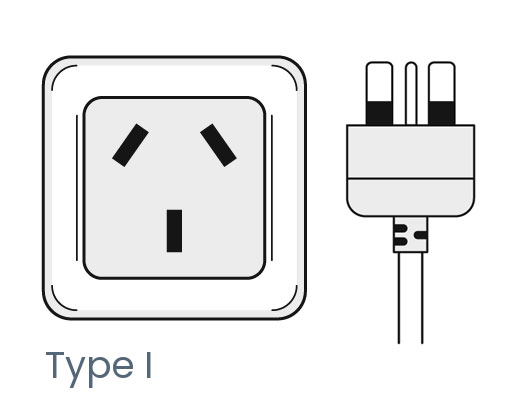About Sydney

About Sydney
Facts about New South Wales (NSW)
Learn more facts about NSW here
Sustainable Sydney
At SIGGRAPH Asia, we consistently strive to improve our sustainability practices. Click here to find out more.
Accessibility in Sydney
Sydney is Australia’s most accessible city. Whether travelling in from inter-state or overseas, when you land at Sydney Airport, the city centre is only 8km (5 miles) away via your choice of taxi, train, airport shuttle bus, or private transfer, whichever you prefer. When you get to the city, there’s a range of accommodation to choose from, from the city centre to the coast and hinterlands. Click here for more information on the locations and countries of flights arriving in Sydney.
Entry to Sydney (VISA Requirement)
All visitors, except New Zealand nationals, require a visa before arriving in Australia. The purpose of your visit and in some cases, your nationality will determine which visa you require. Check the Australian Government Department of Home Affairs website before you arrive in Australia to check which visa you require and be aware that some visas can take a while to process.
Click here for more info regarding your travel to Sydney.
COVID-19 Information to Travellers
Time in Sydney
The local time in Sydney, Australia is UTC/GMT +11 hours.
Click here to see the time now in Sydney
Weather Information
Electricity & Power Socket

- Voltage of 230V
- Frequency of 50Hz



